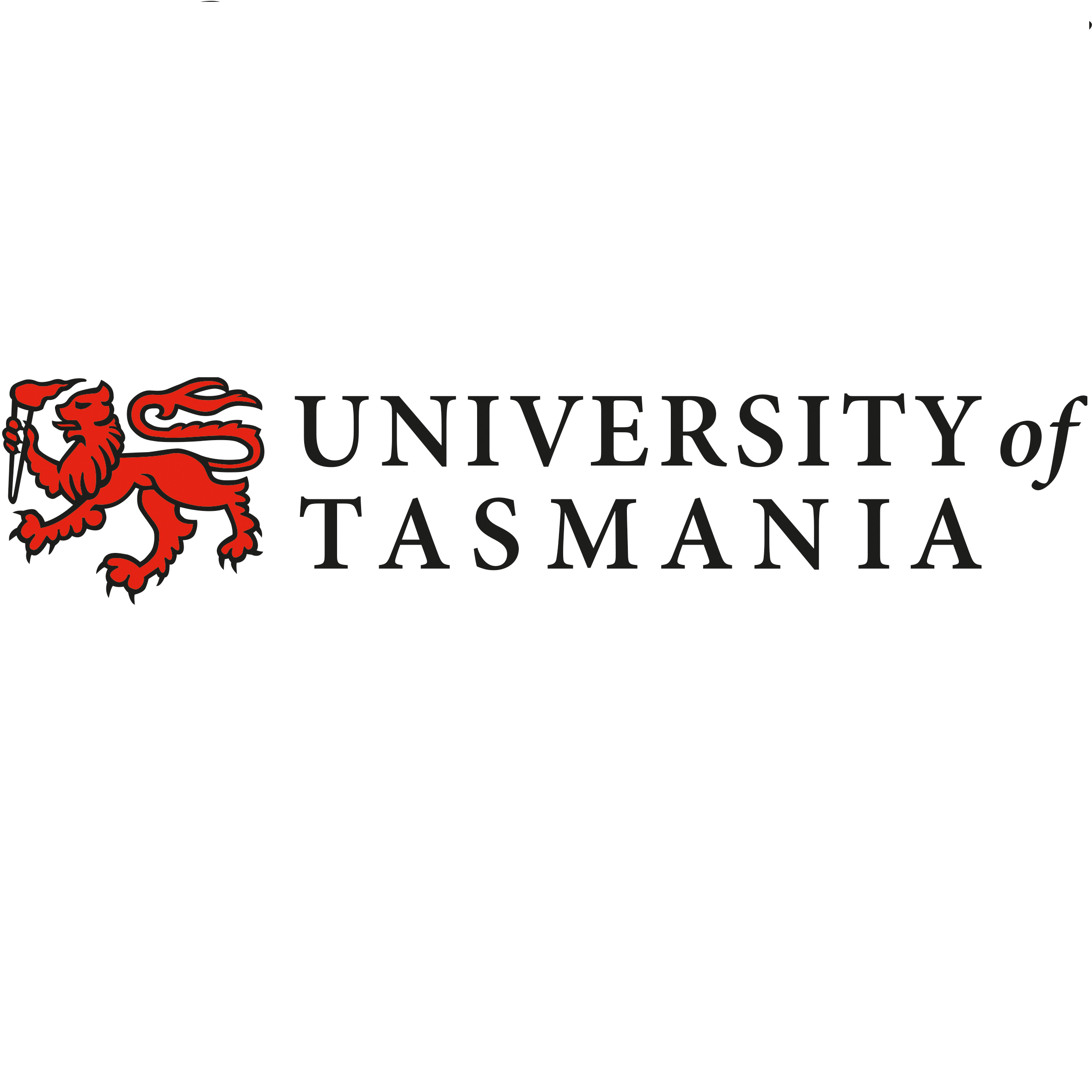Full description
[This data has been superseded by a synthesised global dataset which includes additional ecological data contributed by non-RLS entities (National Reef Monitoring Network). Please visit the corresponding NRMN Collection (IMOS - National Reef Monitoring Network Sub-Facility - Global off-transect species observations || Global reef fish abundance and biomass) for the most current version of this data. See "Downloads and Links" section below.]This dataset contains records of bony fishes and elasmobranchs collected by Reef Life Survey (RLS) divers along 50m transects on shallow rocky and coral reefs, worldwide. Abundance information is available for all records found within quantitative survey limits (50 x 5 m swathes during a single swim either side of the transect line, each distinguished as a Block), and out-of-survey records are identified as presence-only (Method 0). Although surveys are undertaken as part of monitoring programs at particular locations (mostly in Australia), this dataset contains does not include repeat surveys of sites.
Lineage
Maintenance and Update Frequency: irregularNotes
CreditInstitute for Marine and Antarctic Studies (IMAS), University of Tasmania
Caring for our Country, Community CoastCare Grant
NRM and local management boards around Australia
State Marine Biodiversity Management Agencies around Australia
Commonwealth Environment Research Facilities (CERF) Program, an Australian Government initiative supporting world class, public good research - Department of the Environment, Water, Heritage and the Arts
Marine Biodiversity Hub, a collaborative partnership supported through the Australian Government’s National Environmental Research Program (NERP)
Australian Research Council (ARC)
Fullbright Visiting Scholarship
Winston Churchill Memorial Trust Fellowship
National Geographic Society
Conservation International
Wildlife Conservation Society
Winifred Violet Scott Trust
The Ian Potter Foundation
Tasmanian Parks and Wildlife Service
University of Tasmania (UTAS)
ASSEMBLE Marine
Trained volunteer diver network
The dataset generated by recreational divers provides a national framework for monitoring the state of the inshore environment and the identification of those threats and locations of greatest conservation concern. The project also increases awareness and interest by the recreational diving community in marine issues, and enhanced scientific capacity of personnel in regional areas.
Created: 15 10 2014
Data time period: 02 01 2006
text: westlimit=-180.00; southlimit=-80.00; eastlimit=180.00; northlimit=80.00
text: uplimit=50; downlimit=0
User Contributed Tags
Login to tag this record with meaningful keywords to make it easier to discover
(SUPERSEDED BY (appears in 2 collections): IMOS - National Reef Monitoring Network - Global reef fish abundance and biomass)
(SUPERSEDED BY (appears in 2 collections): IMOS - National Reef Monitoring Network - Global off-transect species observations)
(View the globally synthesised collection (#1 of 2) containing this data in the AODN Data Portal.)
uri :
https://portal.aodn.org.au/search?uuid=b273fafa-03d6-4fc2-9acf-39d8c06581e5![]()
(View the globally synthesised collection (#2 of 2) containing this data in the AODN Data Portal.)
uri :
https://portal.aodn.org.au/search?uuid=a73907b7-3686-4dcf-8a1d-7efc4e5ffc05![]()
(Reef Life Survey website)
uri :
https://www.reeflifesurvey.com/![]()
(Reef Life Survey Methods Manual [direct download])
uri :
https://reeflifesurvey.com/wp-content/uploads/2015/07/NEW-Methods-Manual_150815.pdf![]()
global : 4b5ae6b0-36b2-11dd-9409-00188b4c0af8
- global : 9c766140-9e72-4bfb-8f04-d51038355c59


